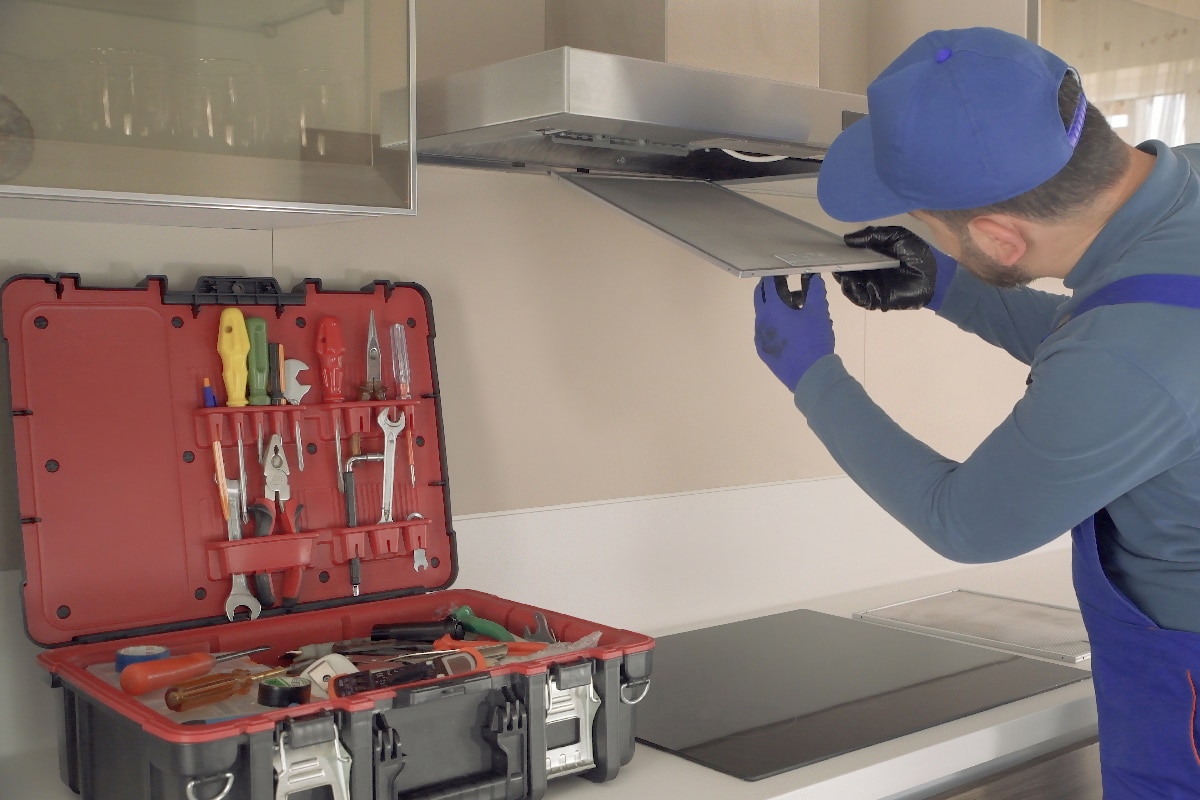

Articles
Why Is My Range Hood Dripping Water
Modified: March 20, 2024
Find helpful articles on why your range hood may be dripping water. Learn how to fix this common issue and prevent further damage to your kitchen.
(Many of the links in this article redirect to a specific reviewed product. Your purchase of these products through affiliate links helps to generate commission for Storables.com, at no extra cost. Learn more)
Introduction
Having a range hood in your kitchen is not only functional but also essential for maintaining a clean and healthy cooking environment. However, you may encounter a common issue where water starts dripping from your range hood. This can be a cause for concern and may require investigation and possible remedy.
Understanding why your range hood is dripping water requires some knowledge of how condensation forms and the factors that contribute to it. In this article, we will explore the various causes of water dripping from a range hood and provide suggestions on how to address this issue.
Condensation occurs when moist air comes into contact with a cold surface, causing the moisture in the air to turn into liquid water. Range hoods, particularly those mounted against an exterior wall, can experience condensation due to the temperature difference between the outside and inside of the hood.
Now let’s explore some possible causes of water dripping from your range hood.
Key Takeaways:
- Combat water dripping from your range hood by maintaining clean exhaust ducts, proper ventilation, and adjusting cooking habits to minimize moisture accumulation. Regular maintenance and professional assistance can resolve persistent issues.
- Control high humidity levels in your kitchen to prevent condensation and water dripping. Use dehumidifiers, adjust cooking practices, and ensure proper ventilation for a comfortable and dry cooking environment.
Understanding Condensation in Range Hoods
Condensation is a natural process that occurs when warm, moist air comes into contact with a cold surface. In the case of range hoods, condensation can occur when the interior temperature of the hood is cooler than the surrounding air.
When you cook, the heat generated by your stovetop can increase the temperature of the air in your kitchen. This warm air carries moisture from the cooking process, which can then come into contact with the colder surfaces of the range hood.
As the warm air hits the cold surfaces, it cools down rapidly, causing the moisture in the air to condense and form water droplets. These droplets can accumulate inside the hood and eventually start dripping down, causing water to fall onto the stovetop or surrounding areas.
In some cases, condensation can occur due to other factors such as inadequate ventilation or high humidity levels in the kitchen. It’s important to understand these factors in order to accurately diagnose and address the issue of water dripping from your range hood.
Next, we will explore some of the possible causes of water dripping from a range hood.
Possible Causes of Water Dripping from a Range Hood
There are several potential reasons why your range hood might be dripping water. Let’s examine some of the common causes:
1. Damaged or Clogged Exhaust Ducts: Over time, the exhaust ducts in your range hood can become damaged or clogged with debris. This can obstruct the flow of air and prevent proper ventilation, leading to an accumulation of moisture that eventually drips down. It’s important to regularly inspect and clean the exhaust ducts to ensure they are functioning properly.
2. Inadequate Ventilation or Improper Installation: If your range hood is not properly installed or lacks sufficient ventilation, it can contribute to condensation and water dripping issues. Insufficient airflow can lead to a buildup of moisture inside the hood, which then drips down as water. Consulting a professional to assess the ventilation system and ensure proper installation is essential.
3. Cooking Habits and Moisture Accumulation: Certain cooking habits can generate more moisture in the air, increasing the likelihood of condensation in your range hood. For example, boiling water, simmering liquids, or cooking foods that release a significant amount of steam can contribute to moisture buildup. Adjusting your cooking practices, such as using lids on pots or reducing the heat when necessary, may help minimize this issue.
4. High Humidity Levels in the Kitchen: If the overall humidity level in your kitchen is high, it can exacerbate condensation problems in your range hood. Factors like inadequate ventilation, poor insulation, or proximity to areas with high humidity (such as dishwashers or sinks) can contribute to elevated humidity levels. Using dehumidifiers or improving general kitchen ventilation can help mitigate this issue.
Identifying the specific cause of water dripping from your range hood will help you determine the appropriate course of action in resolving the issue. In the following sections, we will explore potential solutions to address condensation and water dripping problems in your range hood.
Damaged or Clogged Exhaust Ducts
A common cause of water dripping from a range hood is damaged or clogged exhaust ducts. Over time, the exhaust ducts can accumulate dirt, grease, and other debris, obstructing the airflow and preventing proper ventilation.
When the airflow is impeded, moisture in the air has a harder time escaping. Instead, it can condense and collect inside the range hood, eventually leading to water dripping down. If you notice water droplets forming on the inside of the hood or dripping onto the stovetop, it is a clear indicator that there is a problem with the exhaust ducts.
To address this issue, it is important to regularly inspect and clean the exhaust ducts. Start by disconnecting the range hood from the power source and removing the filters. Look for any visible signs of damage, such as holes, cracks, or dents in the ducts. If you find any damage, it may be necessary to replace the affected sections.
To clean the exhaust ducts, use a vacuum cleaner with a long hose attachment to remove any loose debris or accumulated dirt. For stubborn grease buildup, you can use a mild degreaser or warm soapy water and a brush to scrub the interior of the ducts. Be sure to rinse thoroughly and let the ducts dry completely before reattaching the filters and reconnecting the range hood.
In some cases, the clogging may be severe, requiring professional assistance. If you are unsure about your ability to clean or repair the exhaust ducts, it is best to contact a qualified technician who can assess the situation and provide the necessary expertise.
Regular maintenance of the exhaust ducts is crucial to ensure proper ventilation and prevent condensation issues. Aim to clean the ducts at least once a year, depending on usage and cooking habits. Additionally, it is advisable to clean the filters regularly to maintain optimal airflow and reduce the chances of clogging.
By addressing damaged or clogged exhaust ducts, you can effectively mitigate the problem of water dripping from your range hood and ensure a well-functioning ventilation system in your kitchen.
Inadequate Ventilation or Improper Installation
Inadequate ventilation or improper installation can contribute to condensation and water dripping issues in your range hood. If the ventilation system is not designed or installed properly, it can hinder the flow of air and lead to moisture buildup inside the hood.
When a range hood is installed, it should be positioned in a way that allows for efficient airflow. The ductwork should provide a clear and unobstructed path for the air to be expelled outside. If the ductwork is too long, has too many bends, or uses a small-diameter pipe, it can restrict the airflow and increase the chances of condensation occurring.
If you suspect inadequate ventilation or improper installation is the cause of water dripping from your range hood, it is advisable to consult a professional. A qualified technician can assess the ventilation system, identify any issues with the installation, and recommend the necessary modifications or repairs.
In some cases, installing a larger or more efficient range hood may be required to ensure proper airflow and reduce condensation. A professional can help determine the appropriate size and capacity for your kitchen space and recommend the best course of action.
Proper installation of a range hood includes ensuring a tight seal between the hood and the wall or cabinet, as well as adequate insulation. This helps prevent air leakage and the formation of condensation. If you notice any gaps or loose connections, sealing them with silicone or appropriate sealant can help improve the overall efficiency of the ventilation system.
Remember that proper ventilation is crucial not only for preventing water dripping but also for removing cooking odors, smoke, and airborne contaminants from your kitchen. Ensuring adequate airflow will contribute to a healthier and more comfortable cooking environment.
By addressing any issues related to inadequate ventilation or improper installation, you can significantly reduce the chances of condensation and water dripping in your range hood. Consulting a professional will ensure that the ventilation system is functioning optimally and that your kitchen remains well-ventilated during cooking.
Check if the ductwork is properly insulated to prevent condensation. Also, make sure the hood is vented to the outside and not into the attic.
Read more: Why Is My Broan Range Hood Blinking
Cooking Habits and Moisture Accumulation
Your cooking habits can have a significant impact on the amount of moisture generated in your kitchen, which in turn can contribute to condensation and water dripping in your range hood. Certain cooking methods and practices can increase the humidity levels and result in excess moisture in the air.
One of the main culprits is boiling water or cooking liquids without using a lid. When you boil water or simmer liquids in uncovered pots or pans, a significant amount of steam is released into the air. This steam can quickly condense on the cooler surfaces of your range hood, leading to water droplets forming and eventually dripping down.
To minimize moisture accumulation, it is advisable to use lids on pots and pans whenever possible. This helps trap the steam and prevents excessive moisture from escaping into the air. By keeping the steam contained, you can reduce the chances of condensation and water dripping from your range hood.
Additionally, adjusting your cooking practices can also help minimize moisture in the air. If you notice excessive steam or moisture during certain cooking methods, consider reducing the heat or using alternative cooking techniques. For instance, using a slow cooker or steaming foods in a covered pot can help retain moisture and prevent excessive steam from being released.
It is also important to properly vent and exhaust moisture from your kitchen while cooking. Make sure your range hood is turned on and set to the appropriate ventilation setting. This will help draw steam and moisture away from your cooking area, reducing the chances of it accumulating and dripping down from the hood.
Lastly, ensure that your range hood filters are clean and in good condition. Clogged or dirty filters can hinder the airflow and contribute to moisture buildup. Regularly clean or replace the filters as recommended by the manufacturer to maintain optimal ventilation and minimize condensation issues.
By being mindful of your cooking habits and taking steps to minimize moisture accumulation, you can reduce the likelihood of water dripping from your range hood. Adjusting cooking techniques, using lids, and maintaining a well-functioning ventilation system will contribute to a drier and more comfortable cooking environment.
High Humidity Levels in the Kitchen
High humidity levels in the kitchen can contribute to condensation and water dripping from your range hood. Humidity refers to the amount of moisture or water vapor present in the air. When the air in your kitchen contains excessive moisture, it increases the likelihood of condensation occurring on cooler surfaces, such as your range hood.
There are several factors that can contribute to high humidity in the kitchen:
1. Inadequate Ventilation: If your kitchen lacks proper ventilation, the moisture generated during cooking can become trapped and contribute to high humidity levels. This can be exacerbated if your range hood is not functioning optimally or if there are other ventilation issues in the kitchen. Ensuring that your range hood is properly installed and vented, and maintaining good airflow throughout the kitchen, is essential for controlling humidity.
2. Poor Insulation: Inadequate insulation in the kitchen can allow outside air, which may be humid, to seep into the space. This can lead to heightened humidity levels. Check for any gaps or cracks in windows, doors, or walls that may be allowing outside air to enter the kitchen and address them accordingly.
3. Proximity to Moisture Sources: If your kitchen is located near areas that generate moisture, such as dishwashers, sinks, or large windows, it can contribute to high humidity levels. Take steps to minimize moisture generated from these sources, such as using ventilation fans when using the dishwasher or opening windows to allow for better airflow.
To control high humidity levels in your kitchen, there are several steps you can take:
1. Use a Dehumidifier: Consider using a dehumidifier in your kitchen to help remove excess moisture from the air. A dehumidifier works by extracting moisture and maintaining optimal humidity levels. Choose a model suitable for the size of your kitchen and follow the manufacturer’s instructions for usage and maintenance.
2. Check and Improve Ventilation: Ensure that your range hood is operating correctly and effectively venting air to the outside. Regularly clean or replace filters to maintain optimal airflow. Consider installing additional ventilation, such as ceiling fans or exhaust fans, to improve air circulation and reduce humidity.
3. Reduce Moisture Sources: Take steps to minimize moisture-generating activities in the kitchen. Use lids when boiling or simmering liquids, wipe down surfaces to remove excess moisture, and ensure that appliances like dishwashers are properly vented and have airtight seals.
4. Properly Insulate: Improve insulation in your kitchen by sealing any gaps or cracks that may allow outside air to enter. Invest in weatherstripping for windows and doors, and consider adding insulation in walls and ceilings, particularly if you live in an area with high humidity.
By addressing high humidity levels in your kitchen, you can reduce the likelihood of condensation and water dripping from your range hood. Creating an environment with balanced humidity levels will contribute to a more comfortable and enjoyable cooking experience.
Dealing with Condensation and Water Dripping Issues
If you are experiencing condensation and water dripping from your range hood, there are several steps you can take to address the issue. By implementing the following solutions, you can effectively deal with condensation problems and prevent water from dripping onto your stovetop or surrounding areas.
1. Increase Ventilation: Ensure that your range hood is set to the highest fan speed or ventilation setting when cooking. This will help draw moisture-laden air away from the cooking area and reduce the chances of condensation. Additionally, consider opening windows or using a portable fan to further improve overall ventilation in the kitchen.
2. Use a Dehumidifier: Using a dehumidifier in your kitchen can help remove excess moisture from the air and reduce overall humidity levels. Place the dehumidifier in a central location and keep it running while cooking and for some time afterward to capture any residual moisture. Empty and clean the water reservoir of the dehumidifier regularly to maintain its efficiency.
3. Adjust Cooking Practices: Be mindful of cooking practices that generate a lot of steam or moisture. Use lids on pots and pans to trap steam and minimize the release of moisture into the air. Additionally, consider using alternative cooking methods, such as using a slow cooker or steamer, to reduce the amount of moisture being released during the cooking process.
4. Regularly Clean and Maintain Your Range Hood: Regular maintenance is crucial to ensuring the optimal performance of your range hood. Clean the grease filters and exhaust ducts regularly to prevent clogs and improve airflow. Remove any accumulated debris or grease from the interior surfaces of the range hood. This will help promote proper ventilation and reduce the chances of condensation.
5. Monitor and Control Humidity Levels: Keep track of the humidity levels in your kitchen using a hygrometer or a smart thermostat with humidity monitoring capabilities. Aim for humidity levels between 30-50%, as this range is considered comfortable and less conducive to condensation. If the humidity is consistently high, consider using a dehumidifier or implementing other humidity control measures, such as improving ventilation or using moisture-absorbing products like silica gel packets.
6. Seek Professional Assistance: If you have tried the above solutions and are still experiencing persistent condensation and water dripping issues, it may be necessary to consult a professional. An HVAC technician or range hood specialist can assess your ventilation system, identify any underlying issues, and provide expert advice or repair services if needed.
By implementing these strategies, you can effectively deal with condensation and water dripping issues in your range hood. Maintaining a well-ventilated and moisture-controlled kitchen will help create a more pleasant cooking environment and prevent water damage to your stovetop and surrounding areas.
Regular Maintenance and Cleaning Tips
To ensure the optimal performance and longevity of your range hood, regular maintenance and cleaning are essential. By following these maintenance tips, you can keep your range hood in top shape and minimize the chances of condensation and water dripping issues:
1. Clean the Filters: The filters in your range hood are designed to capture grease, dust, and other particles. Over time, these filters can become clogged, hindering proper airflow and increasing the likelihood of condensation. Clean the filters regularly according to the manufacturer’s instructions, or replace them if necessary.
2. Wipe Down the Exterior: Regularly wipe down the exterior surfaces of the range hood with a damp cloth and mild soap. This helps remove grease, dust, and other buildup that can accumulate over time. Be cautious not to use abrasive materials or harsh chemicals that could damage the finish of the range hood.
3. Clean the Interior: Clean the interior of the range hood, including the ducts, on a regular basis. Use a damp cloth or sponge with mild soap to wipe down the interior surfaces and remove any grease or residue. Pay special attention to areas where moisture tends to accumulate, such as around the fan and motor.
4. Check for Damage: Regularly inspect the range hood for any signs of damage, such as cracks, dents, or loose connections. These issues can impact the performance of the hood and contribute to condensation problems. If you notice any damage, consult a professional for repairs or replacement if necessary.
5. Clean the Exhaust Ducts: The exhaust ducts in your range hood can accumulate grease, dirt, and other debris. Over time, this can obstruct airflow and contribute to condensation. Periodically clean the ducts using a vacuum cleaner or brush to remove any buildup. For stubborn grease, use warm soapy water and a brush to scrub the interior of the ducts.
6. Inspect the Ventilation System: Regularly check the ventilation system associated with your range hood, including the ductwork and exhaust vents. Ensure that there are no obstructions or damage that could hinder proper airflow. Clean or replace any clogged or damaged components as necessary.
7. Schedule Professional Maintenance: Consider scheduling professional maintenance for your range hood at regular intervals. A qualified technician can inspect and service the hood, ensuring that all components are in good working condition. They can also provide expert advice on maintaining optimal ventilation and addressing any condensation or water dripping issues.
By following these regular maintenance and cleaning tips, you can keep your range hood in excellent condition and minimize the chances of condensation and water dripping. A well-maintained range hood will not only perform efficiently but also contribute to a cleaner and healthier cooking environment.
Read more: Why Are My Gutters Dripping
Conclusion
Dealing with condensation and water dripping from your range hood can be frustrating, but with the right knowledge and maintenance practices, you can effectively address these issues. Understanding the causes, such as damaged or clogged exhaust ducts, inadequate ventilation or improper installation, cooking habits and moisture accumulation, and high humidity levels in the kitchen, is crucial in finding the appropriate solutions.
Regular maintenance and cleaning play a significant role in preventing condensation problems and water dripping. Cleaning the filters, wiping down the exterior and interior surfaces, checking for damage, and cleaning the exhaust ducts are all important tasks in maintaining an efficient range hood. Moreover, ensuring proper ventilation, adjusting cooking practices, and controlling humidity levels in the kitchen contribute to a drier and more comfortable cooking environment.
If you have tried addressing these issues on your own but still experience persistent condensation and water dripping, it may be necessary to seek professional assistance. An HVAC technician or range hood specialist can provide expert advice, diagnose any underlying problems, and offer the necessary repairs or modifications to your ventilation system.
Remember, the key to dealing with condensation and water dripping is consistent maintenance and proactive measures. By incorporating these tips into your kitchen routine and addressing any issues promptly, you can enjoy a well-functioning range hood and a comfortable cooking experience free from the nuisance of water droplets.
Frequently Asked Questions about Why Is My Range Hood Dripping Water
Was this page helpful?
At Storables.com, we guarantee accurate and reliable information. Our content, validated by Expert Board Contributors, is crafted following stringent Editorial Policies. We're committed to providing you with well-researched, expert-backed insights for all your informational needs.
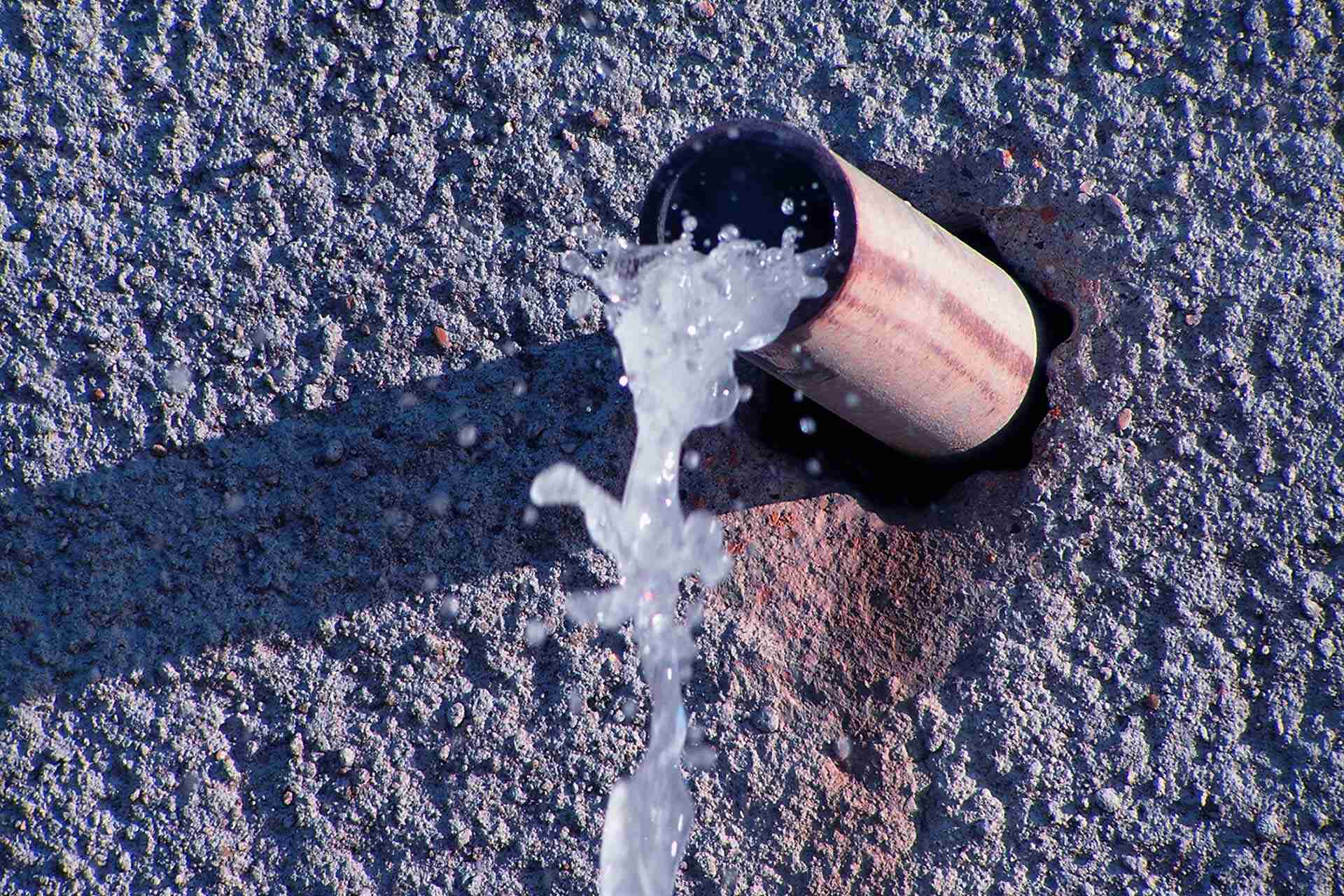
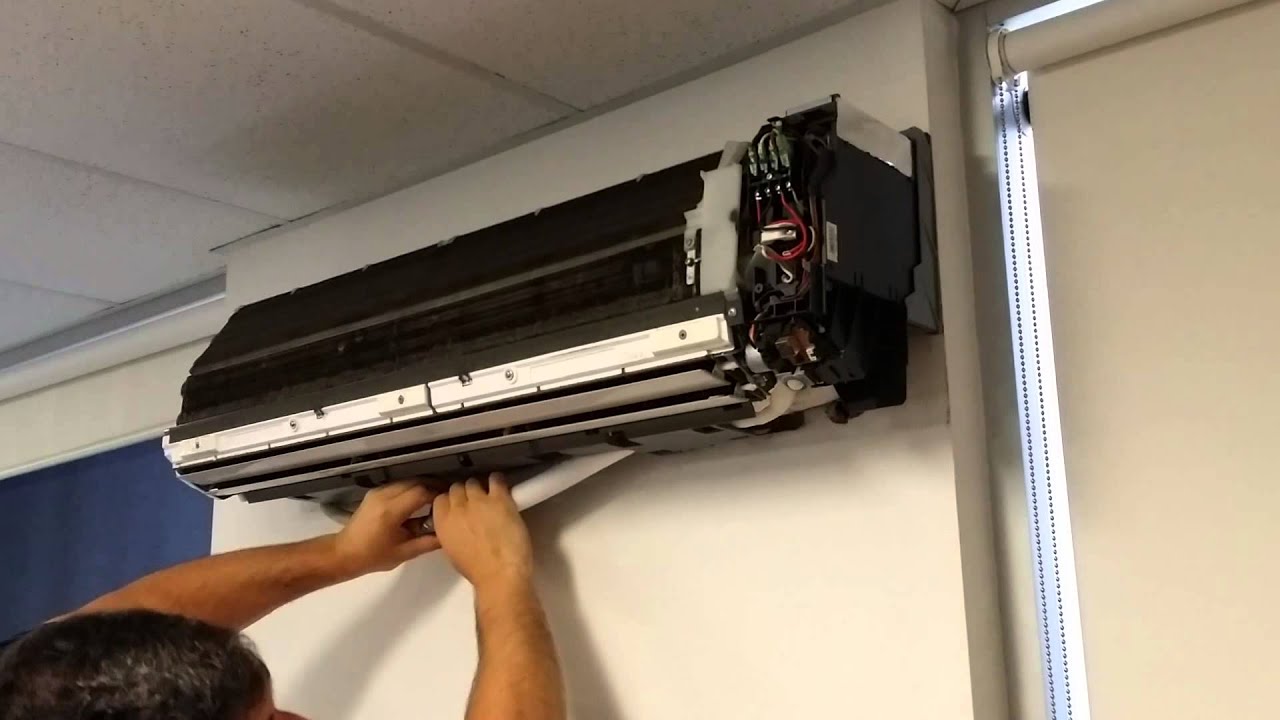
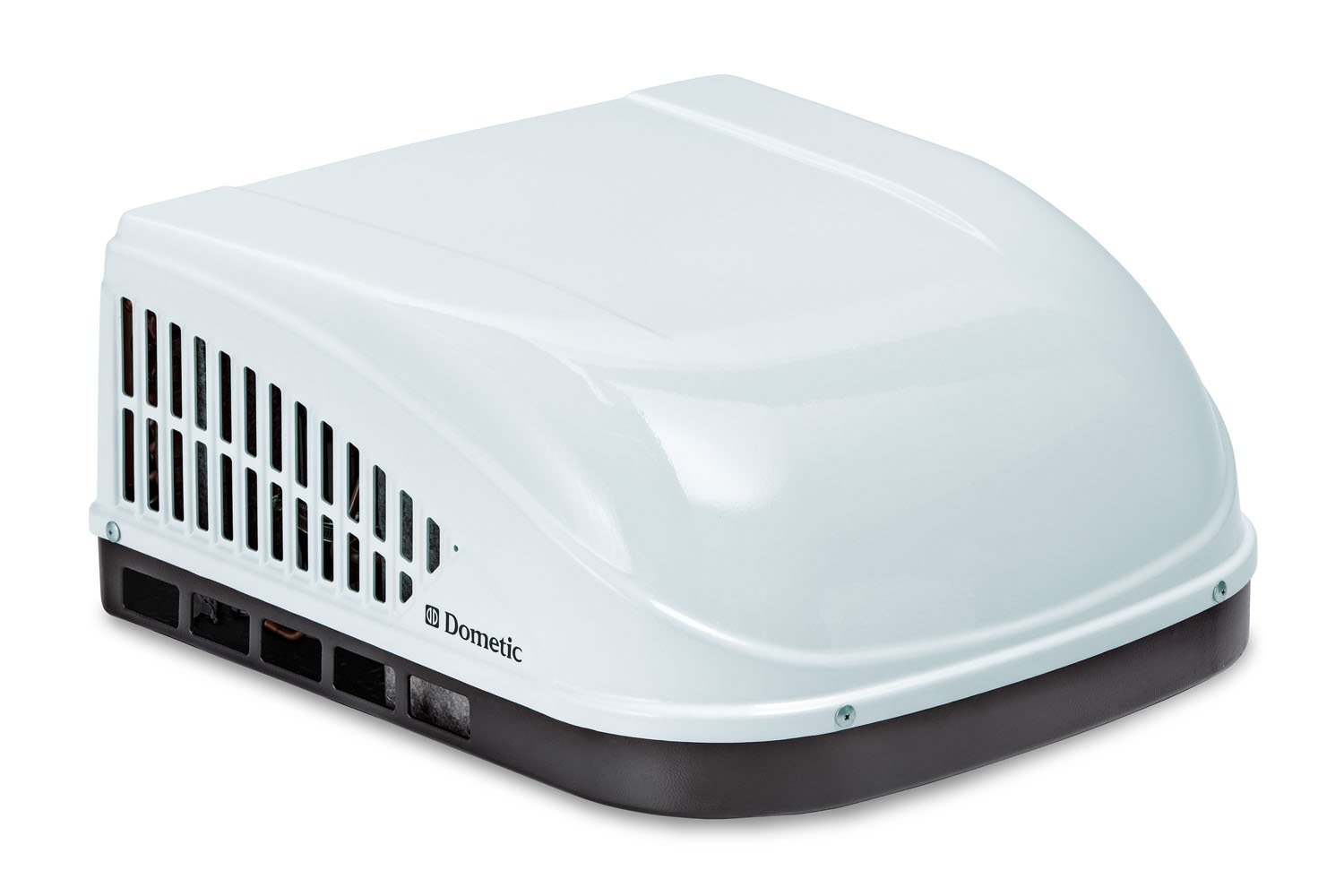
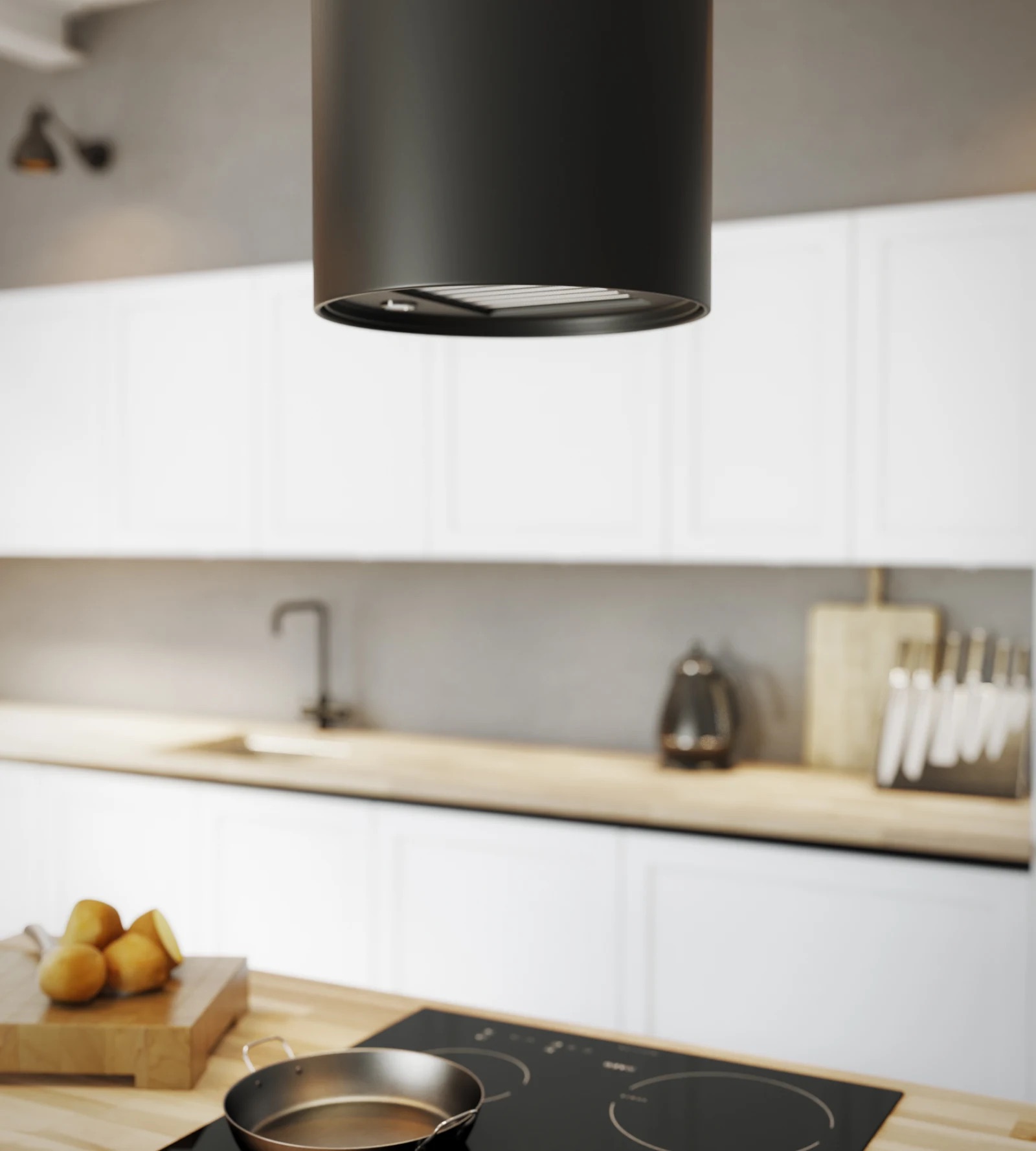
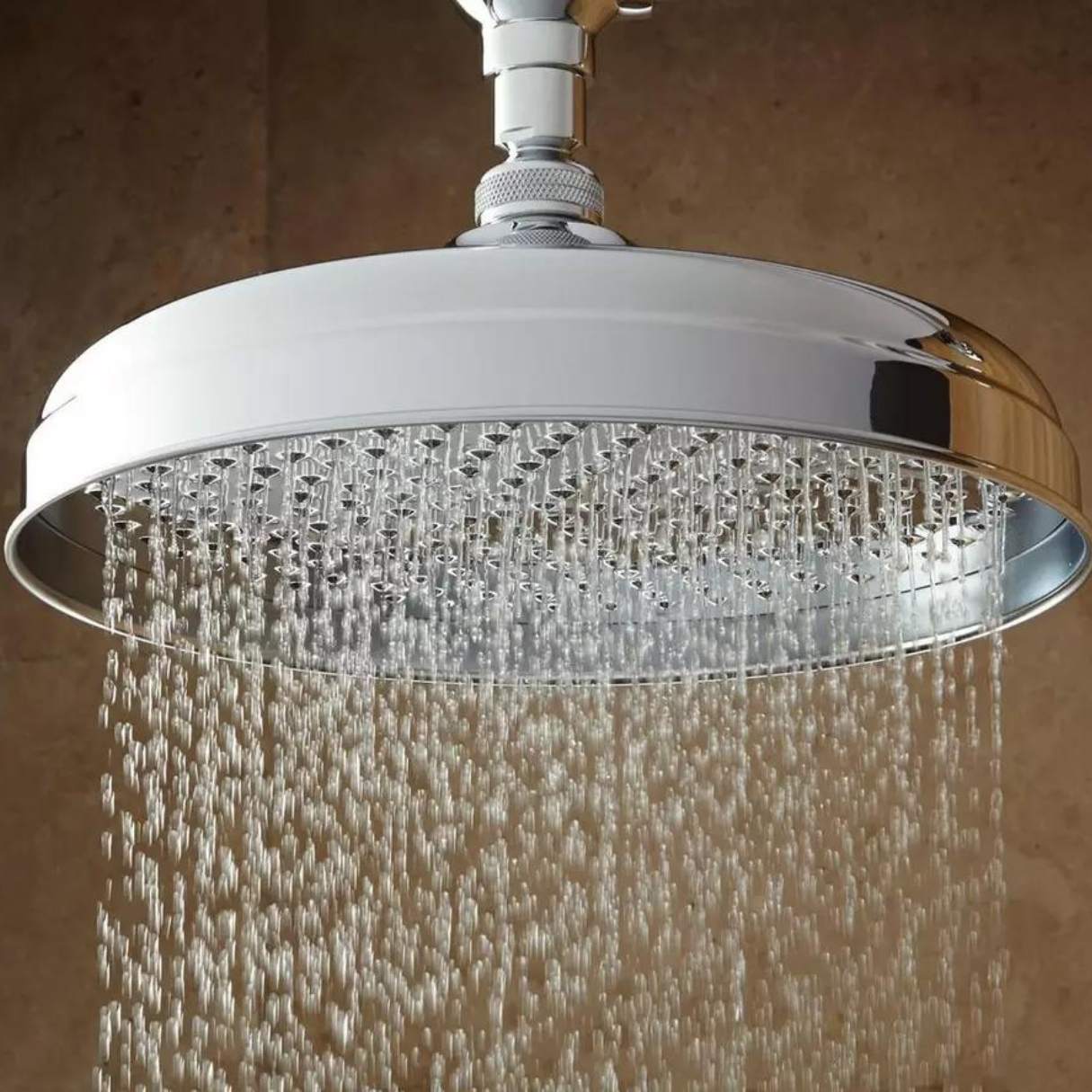
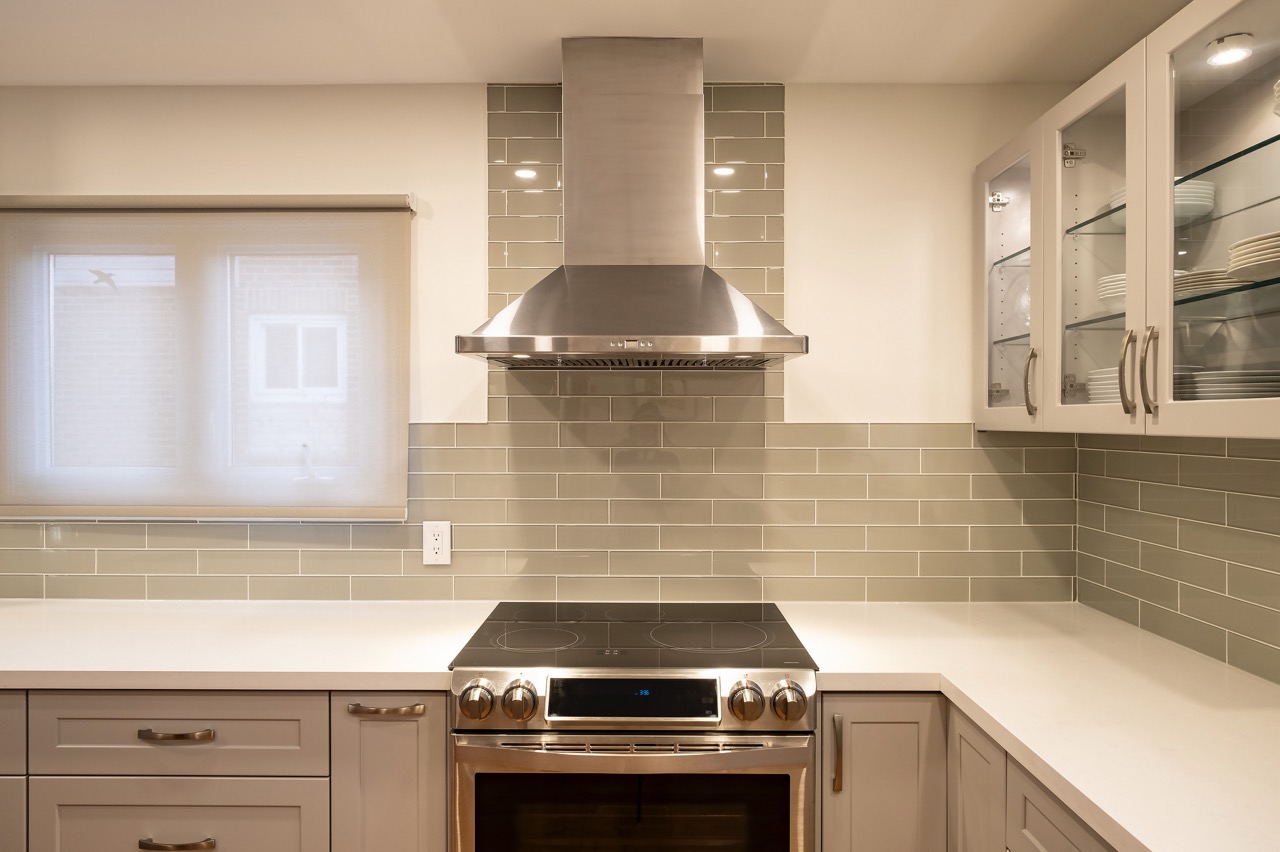
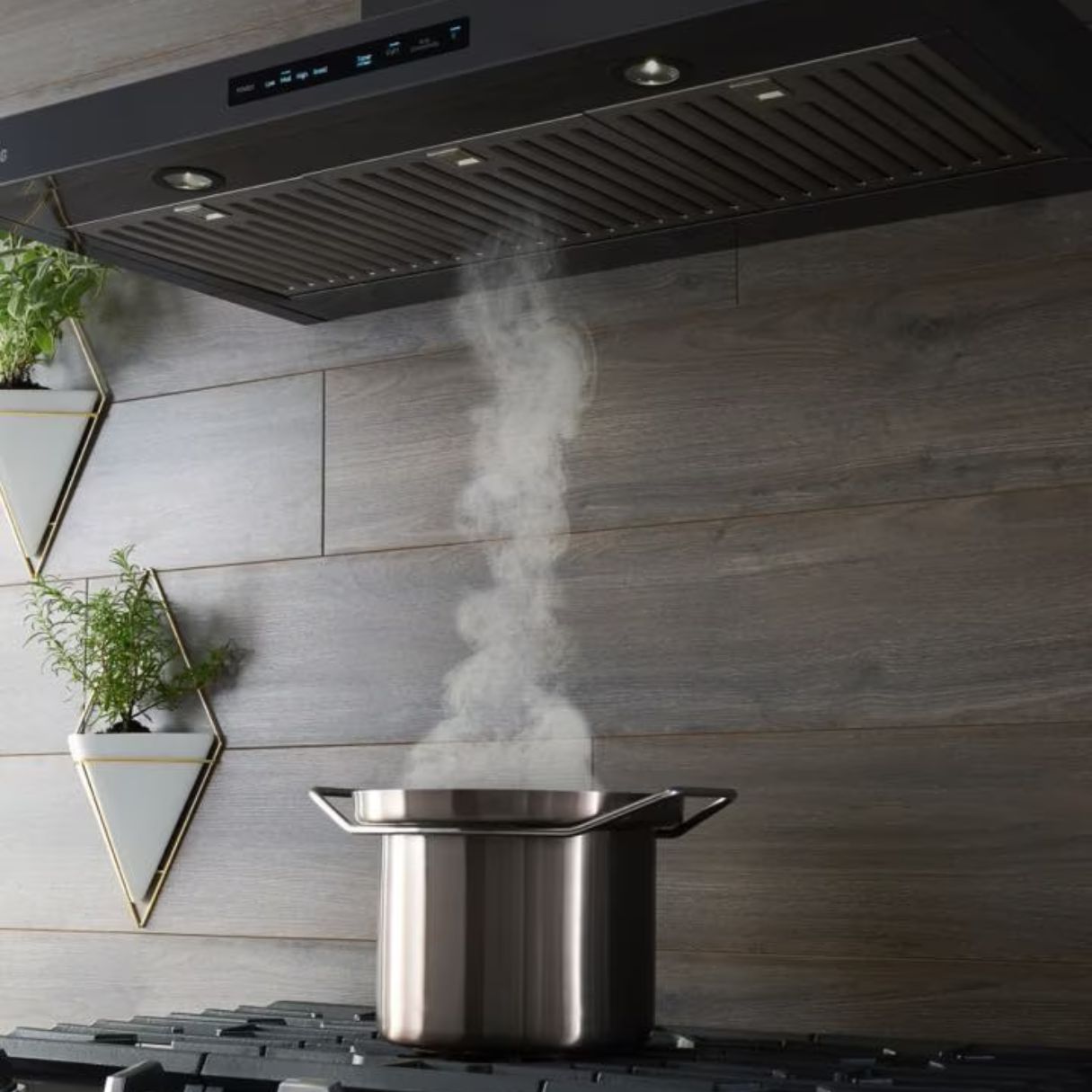
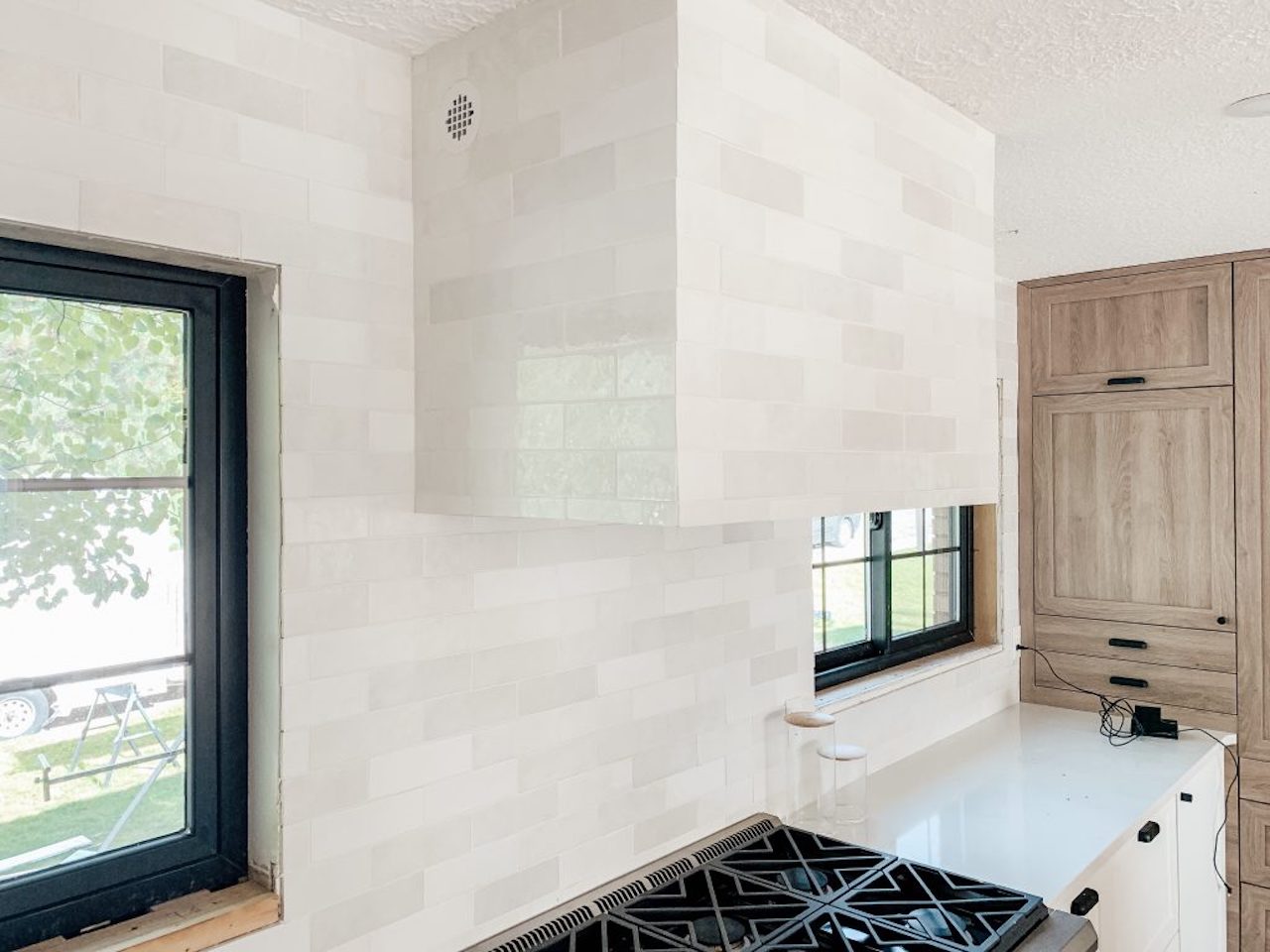
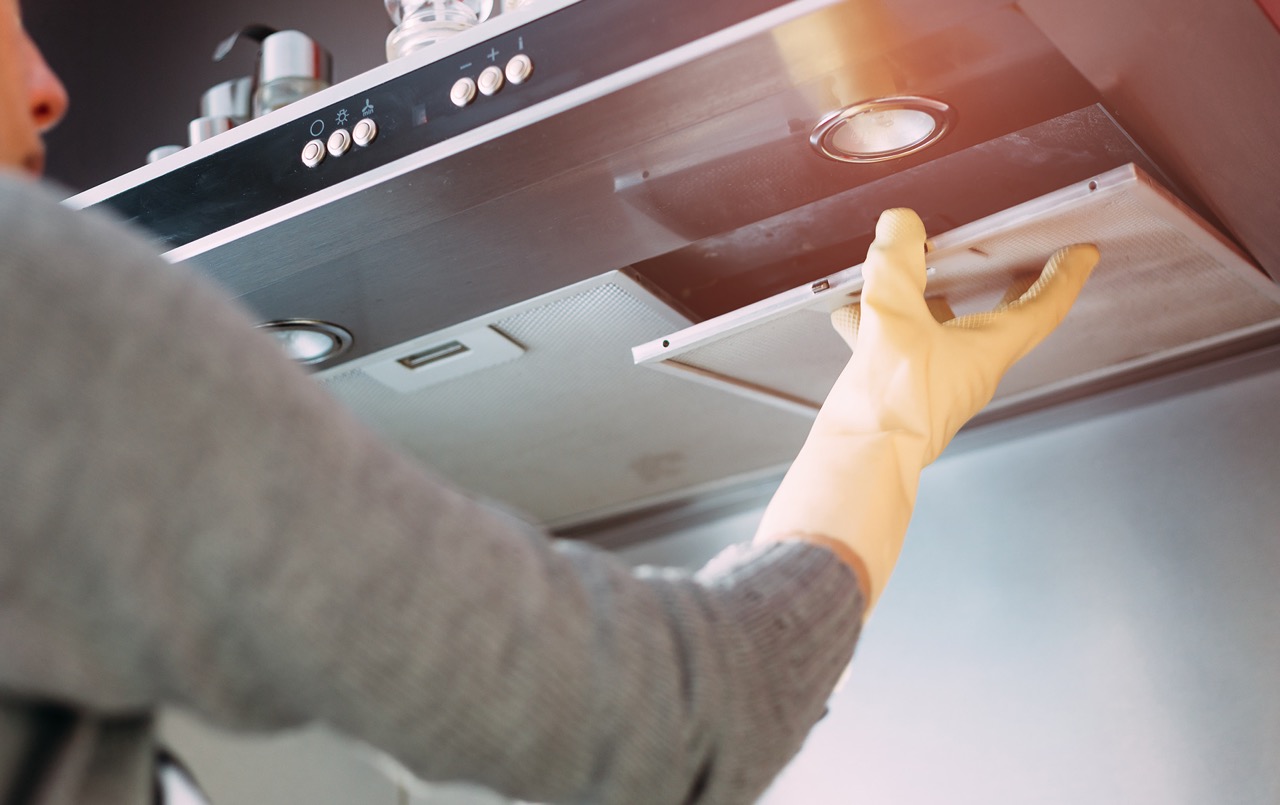
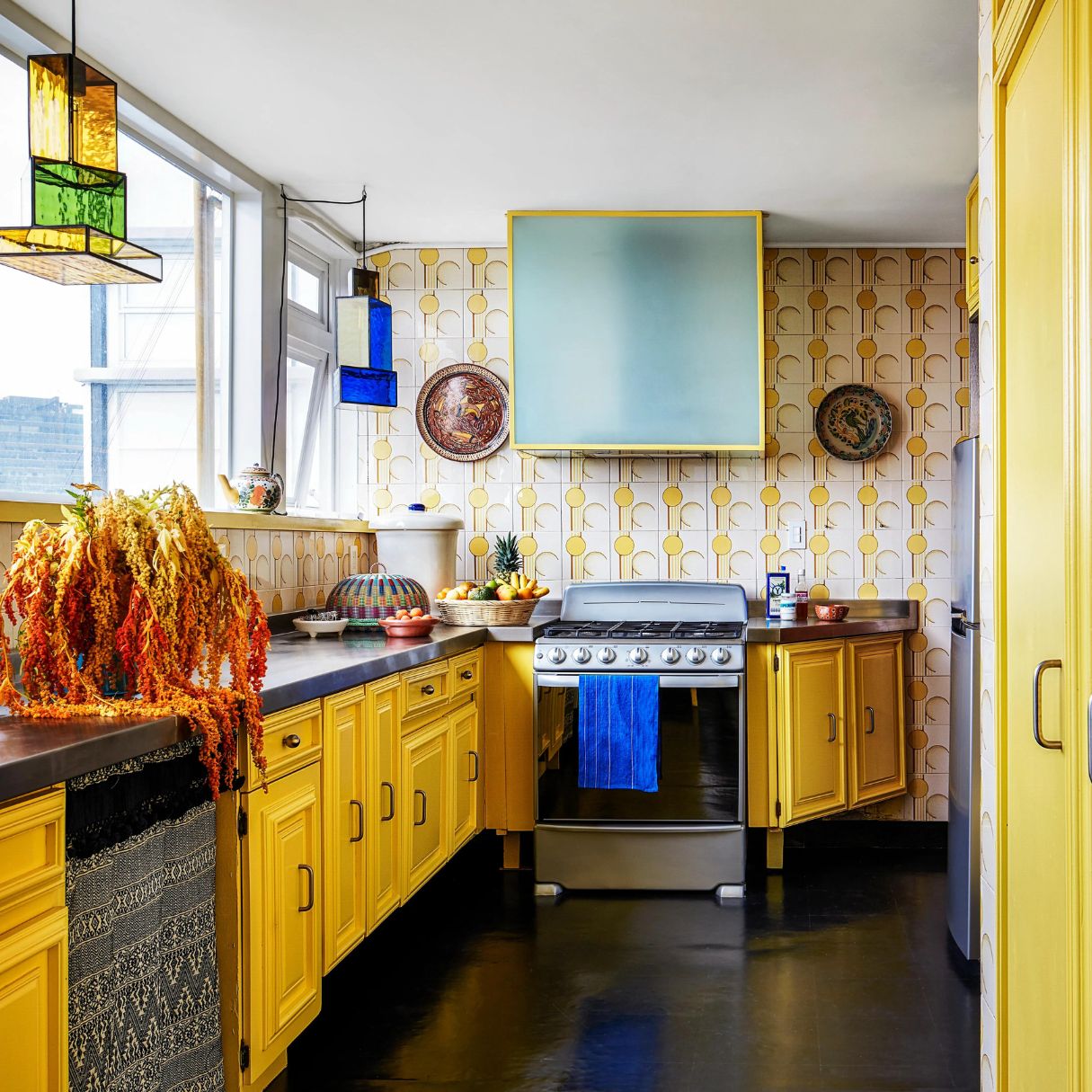
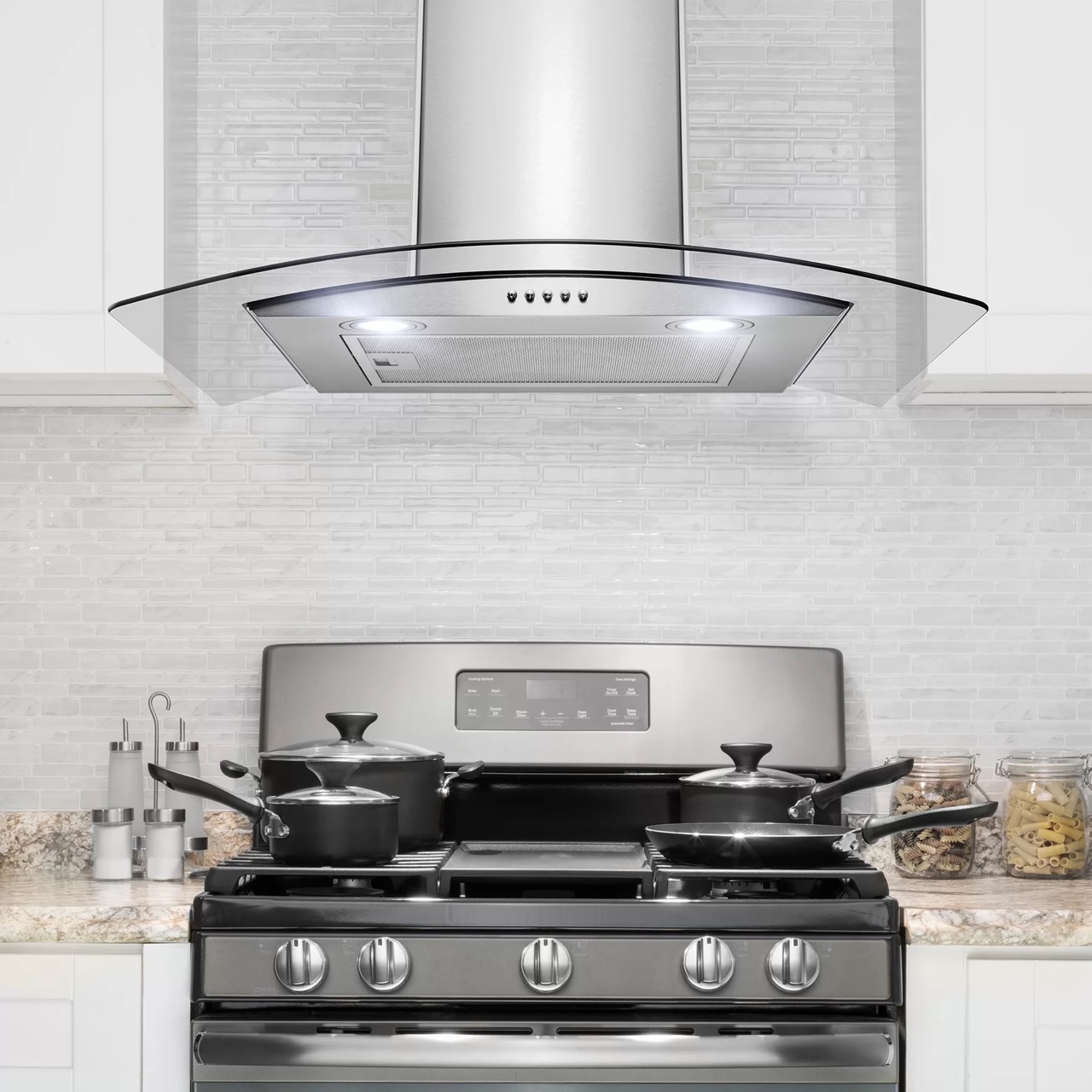
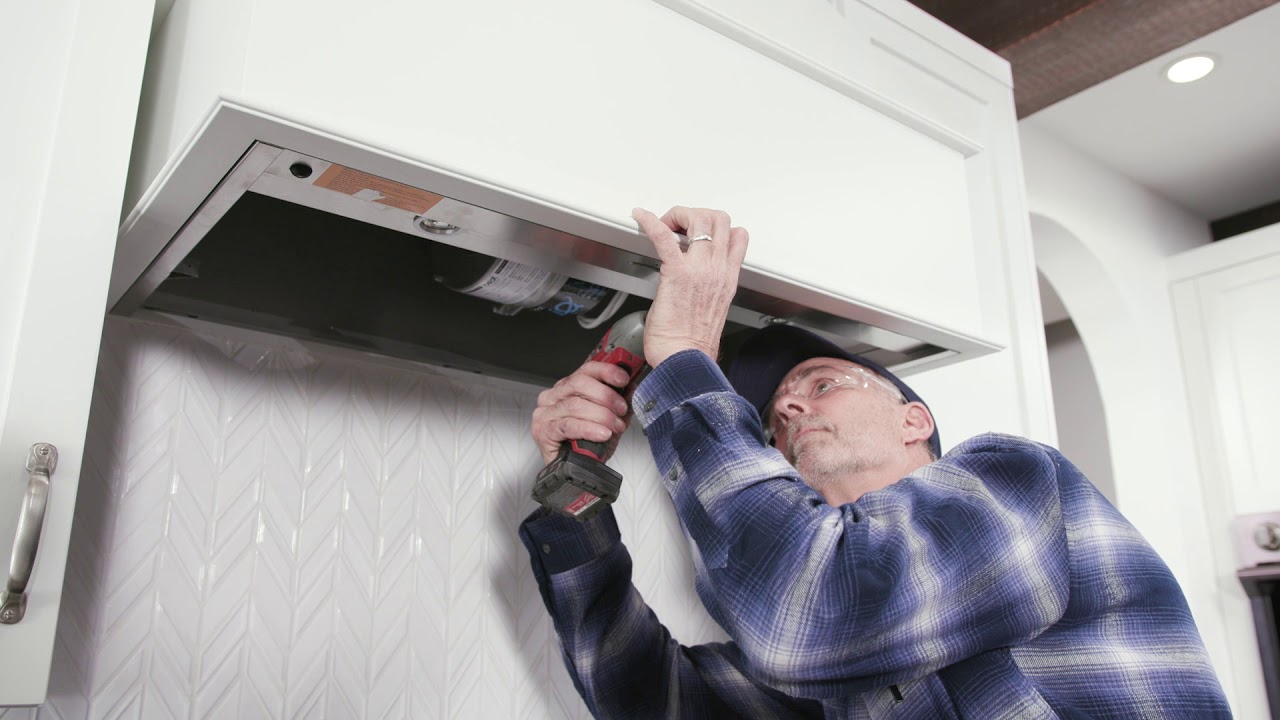
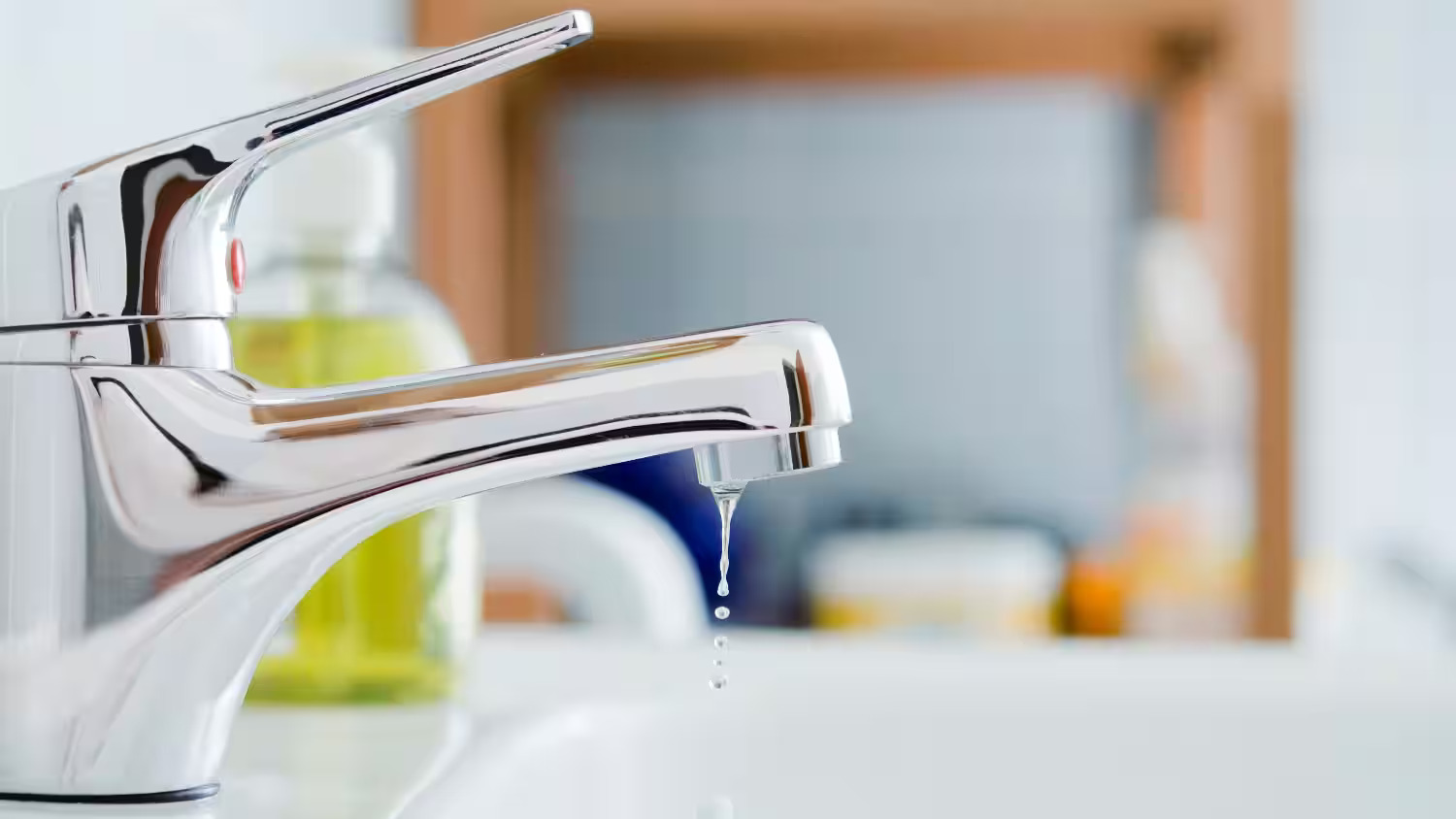

0 thoughts on “Why Is My Range Hood Dripping Water”